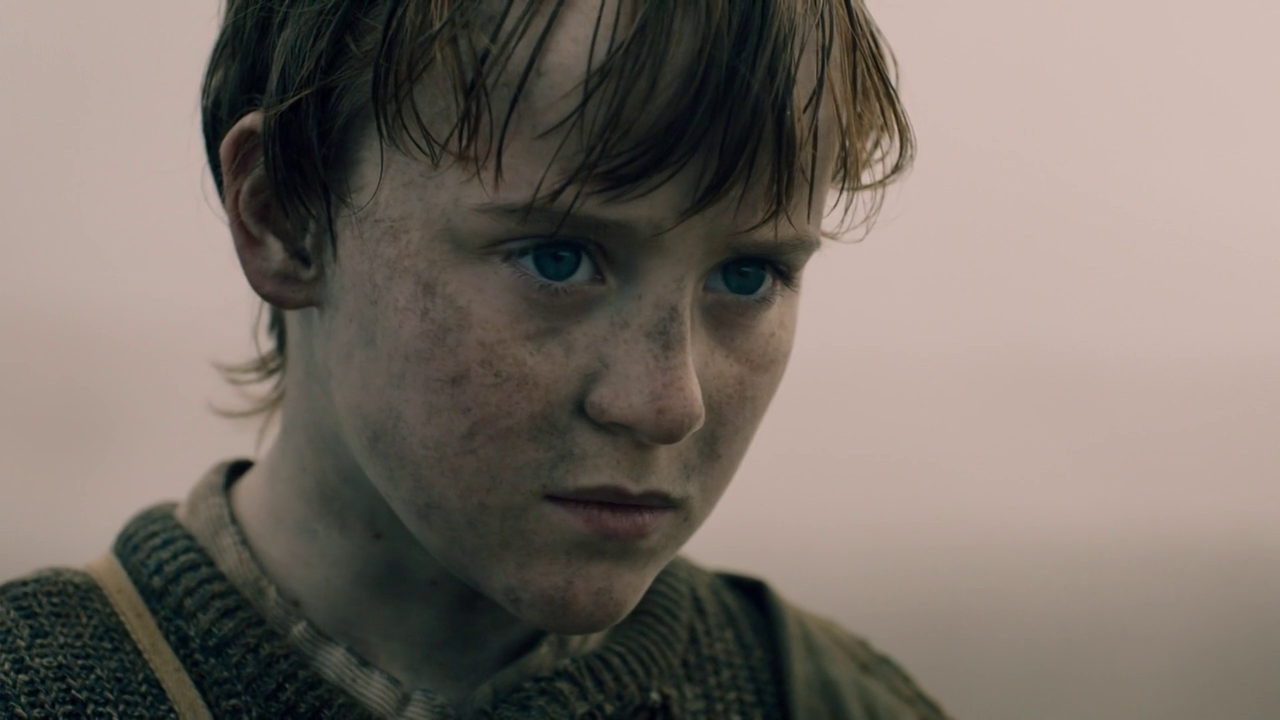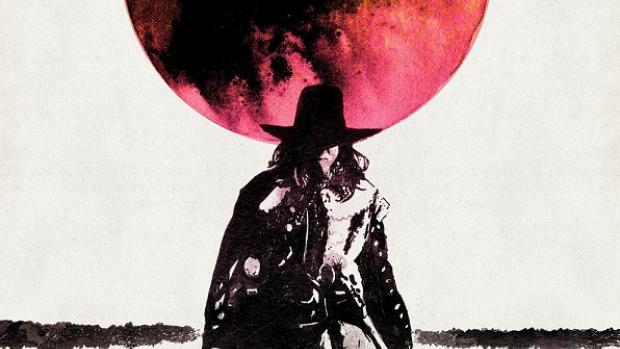Tricky Dicky, Part 1: Maximum Stay 530 Years
 This year, the English have been making fools over themselves over a posh dead guy. Wow, there’s something you don’t see every day. Sorry, did I say that’s something you don’t see every day? Silly me, what was I thinking? I meant, of course, that that’s something you do see every day. Literally, every fucking day. It’s practically our national pastime; worshipping posh dead guys. When we’re not worshipping posh live guys, that is. Everywhere in England, this is our thing. And Britain generally, if we’re honest… though the rest of the United Kingdom has the excuse that the dead guys (generally posh within their own context) they fawn over tend to at least be people who in some way stood up to English imperialism.
This year, the English have been making fools over themselves over a posh dead guy. Wow, there’s something you don’t see every day. Sorry, did I say that’s something you don’t see every day? Silly me, what was I thinking? I meant, of course, that that’s something you do see every day. Literally, every fucking day. It’s practically our national pastime; worshipping posh dead guys. When we’re not worshipping posh live guys, that is. Everywhere in England, this is our thing. And Britain generally, if we’re honest… though the rest of the United Kingdom has the excuse that the dead guys (generally posh within their own context) they fawn over tend to at least be people who in some way stood up to English imperialism.
What a strange relationship we have in my country! (As an Englishman, I have the luxury of being able to blithely think of other people’s adjacent countries as being bits of mine… though there is some progress to be seen in the fact that, these days, that generally only works with adjacent countries.) In my country you can travel, in a relatively brief time, from a place where there are statues of English guys who became statue-material because they killed lots of Scottish people, to a place where there are statues of Scottish guys who became statue-material because they tried to stop the English guys killing those very same Scottish people. Okay, you can do something like that in America too. But at least in that case the people weren’t really different nationalities; the ones in the South were just pretending to be because a minority of them wanted to keep using black people as farm machinery, as Vonnegut put it. Also, in America, it has the decency to take longer. Even so, the pattern reoccurs across time with depressing regularity; the hyper-speed of modernity accelerates the process and telescopes it in space. And like so many political phenomena, it reoccurs dialectically at different distinct historical levels and loci. For instance, you can travel from bits of London alone where there are statues of guys who became statue-material for massacring lots of Indians to other bits of London where most of the inhabitants are descended from the survivors of the same massacres. But again, something similar is often possible Stateside too… though you have to redefine ‘Indians’ to make it work.
Speaking of America, and passing over the mounds of corpses of massacred indigenous peoples, we in Britain have had our civil wars too. Parenthetically, it often puzzles me that we talk as if we only ever had the one civil war… but I suspect the intensity with which we insist upon 1642-1651 being the ‘English Civil War’ is less to do with denying the others and more to do with effacing the fact that it was more fundamentally a revolution.
But this series of posts isn’t about that English Civil War. It’s about (albeit tangentially) one of the other ones. The one we charmingly call ‘the Wars of the Roses’.…



 Okay, so the Iron Man thing seemed to go down well. Thanks to everyone who read, commented, retweeted, etc. I get the sense that my audience has just more than quadrupled in size, which is nice.
Okay, so the Iron Man thing seemed to go down well. Thanks to everyone who read, commented, retweeted, etc. I get the sense that my audience has just more than quadrupled in size, which is nice.
